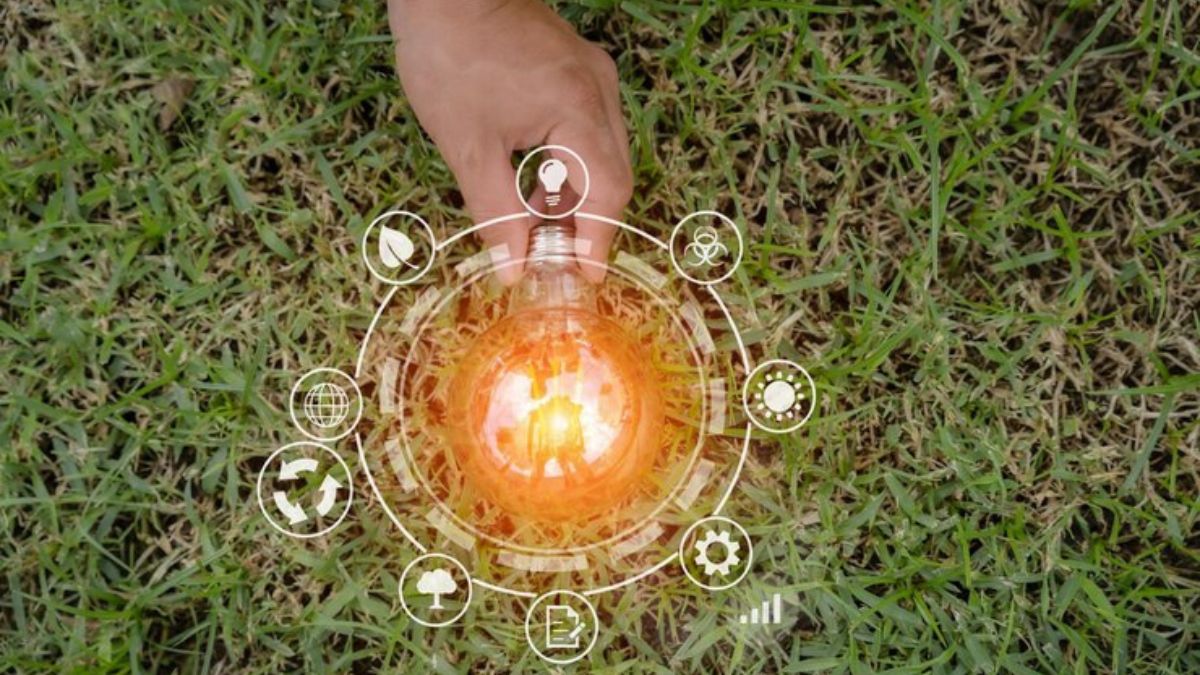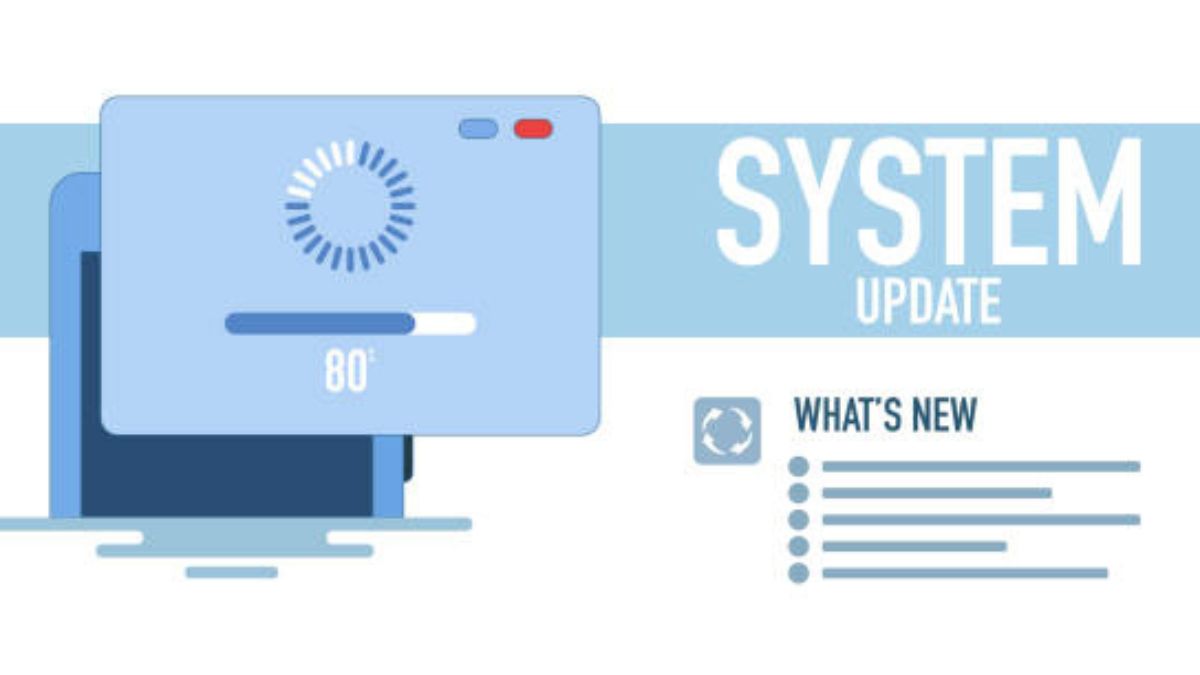Welcome to the ENF Blog, your go-to source for all things clean energy! As we navigate an era defined by climate change and environmental challenges, the importance of sustainable solutions has never been more critical. Innovative technologies are emerging at a rapid pace, revolutionizing how we produce and consume energy. From solar-powered transportation to groundbreaking wind turbine designs, these advancements hold the potential to reshape our world. Join us as we explore some of the most exciting clean energy innovations that are changing the game today!
Importance of Clean Energy in Today’s World
ENF Blog, Clean energy plays a pivotal role in today’s world, addressing both environmental and economic challenges. As climate change accelerates, the urgency for sustainable alternatives becomes undeniable.
Switching to clean energy sources reduces greenhouse gas emissions significantly. This transition is essential for preserving our planet for future generations.
Moreover, clean energy creates jobs and stimulates local economies. The renewable sector has seen impressive growth, providing new opportunities in engineering, manufacturing, and installation.
Energy independence is another key benefit. By harnessing local resources like wind or solar power, countries can reduce their reliance on fossil fuels from abroad.
In this shifting landscape, innovation thrives. New technologies emerge daily that promise more efficient ways to generate and store energy while minimizing ecological footprints.
Top Clean Energy Innovations
The landscape of clean energy is evolving rapidly, and several innovations are leading the charge. Solar-powered transportation is gaining traction, with electric vehicles harnessing sunlight to extend their range. This technology not only reduces dependence on fossil fuels but also promotes a greener infrastructure.
Wind energy has taken a leap forward as well. New turbine designs maximize efficiency and minimize noise pollution, making wind farms more viable in urban settings. These advancements promise cleaner air without sacrificing aesthetics or local wildlife.
Hydroelectric power continues to innovate too, with smaller-scale projects using advanced turbines that generate electricity from lower water flows. This approach allows communities to utilize existing waterways sustainably while reducing infrastructure impact.
Moreover, the development of biodegradable materials for energy production marks a significant stride toward sustainability. By replacing traditional fuels with organic alternatives, we can reduce waste while generating power efficiently.
Solar-Powered Transportation
Solar-powered transportation is rapidly transforming the way we think about travel. Electric vehicles (EVs) equipped with solar panels are becoming more common, harnessing sunlight to extend their range and reduce dependency on traditional charging stations.
These innovations go beyond cars. Buses and even bicycles now utilize solar technology, making public transport greener and more efficient. Imagine a city where buses run on sunshine rather than fossil fuels.
The integration of photovoltaic cells into vehicle surfaces not only powers the engine but also supports onboard electronics. This advancement leads to longer journeys without stopping for a charge.
As research continues, the potential for solar roadways emerges as an exciting prospect. Roads that generate energy while supporting traffic could be part of our future infrastructure, reshaping daily commutes in eco-friendly ways.
Innovative Wind Turbine Designs
Wind energy is taking a leap forward with innovative turbine designs that maximize efficiency and minimize environmental impact. Engineers are rethinking traditional models to harness wind power more effectively.
Vertical-axis wind turbines (VAWTs) have gained traction for their ability to capture winds from any direction. This design reduces the need for complex yaw mechanisms, simplifying installation and maintenance.
Moreover, floating offshore wind farms are becoming a reality. These structures can be placed in deeper waters where winds are stronger and more consistent. By utilizing advanced materials, these turbines withstand harsh marine conditions while generating clean energy efficiently.
Another exciting trend is the integration of smart technology into turbine systems. Sensors monitor performance in real-time, allowing for predictive maintenance that enhances longevity and output.
As these designs evolve, they promise not just cleaner energy but also a sustainable future that aligns with global climate goals.
Advancements in Hydroelectric Power
Hydroelectric power has witnessed remarkable advancements in recent years, transforming how we harness one of nature’s most powerful resources. Modern technology enables more efficient energy conversion from flowing water than ever before.
Innovative turbine designs are at the forefront of this evolution. New materials and configurations minimize downtime and maximize output, allowing plants to generate electricity even with lower water flows.
Moreover, small-scale hydro projects have gained traction. They offer a decentralized approach that empowers local communities to produce their own clean energy while reducing reliance on fossil fuels.
Environmental considerations have also improved significantly. Efforts to design fish-friendly turbines mitigate ecological impacts, ensuring aquatic life can thrive alongside power generation.
These developments pave the way for a greener future—one where hydroelectric power plays an integral role in achieving sustainability goals worldwide.
Biodegradable and Sustainable Materials for Energy Production
Biodegradable and sustainable materials are transforming the landscape of energy production. As we seek alternatives to traditional fossil fuels, these innovative solutions offer a promising path forward.
Materials like plant-based bioplastics can be converted into biofuels with minimal impact on the environment. They degrade naturally, reducing waste in landfills and pollution in our ecosystems.
In addition, advancements in organic solar cells utilize natural substances. These cells generate clean energy while remaining environmentally friendly throughout their lifecycle.
ENF Blog, Research is also exploring agricultural by-products as feedstock for energy generation. Utilizing leftover crop materials not only provides fuel but enhances sustainability within farming practices.
The integration of these eco-friendly materials signals a shift towards more responsible energy solutions that prioritize ecological balance alongside technological advancement. This evolution represents hope for a greener future where resource efficiency reigns supreme.
Future Possibilities and Impact of These Innovations
The future of clean energy is bright, filled with possibilities that could reshape our world. As technology advances, we may see solar panels integrated into everyday surfaces—think building facades and even car roofs.
Wind energy is on the verge of a breakthrough as floating turbines become more viable. These innovations can harness winds in deeper waters, vastly increasing energy production capacity.
Hydropower might also evolve through small-scale systems that reduce environmental impact while providing localized solutions for communities. Imagine rivers generating power without massive dams altering ecosystems.
Sustainable materials will further change how we produce and consume energy. Biodegradable options can mitigate waste issues associated with traditional energy sources.
These advancements offer hope for a cleaner planet. They pave the way for industries to adopt greener practices and encourage individuals to think sustainably about their choices at every level.
How These Innovations are Revolutionizing the Clean Energy Industry
The clean energy landscape is transforming rapidly. Innovations are driving this shift, making renewable sources more accessible and efficient.
Solar-powered transportation is a game changer. It not only reduces carbon emissions but also promotes sustainable commuting options.
Wind turbine designs have evolved significantly. New models can capture wind energy even in low-wind areas, expanding potential locations for installations.
Hydroelectric advancements are enhancing efficiency while minimizing environmental impact. These developments allow for better integration into existing ecosystems, preserving local wildlife.
ENF Blog, Biodegradable materials for energy production open doors to sustainable practices that align with eco-friendly goals. They reduce waste and promote a circular economy in energy generation.
These innovations push the boundaries of what’s possible in clean energy, creating a ripple effect across industries. As they gain traction, we witness a shift toward greener living and greater awareness about our planet’s future.
Conclusion and Call to Action for Embracing Clean Energy
The transition to clean energy is not just an option; it’s a necessity for our planet’s future. The innovations highlighted in the ENF Blog showcase how creativity and technology intersect to create sustainable solutions. As we embrace solar-powered transportation, innovative wind turbine designs, advancements in hydroelectric power, and biodegradable materials for energy production, we unlock new possibilities.
Each innovation represents a step toward reducing our carbon footprint and promoting environmental health. By integrating these technologies into our daily lives and businesses, we contribute to a cleaner world.
It’s time for individuals, communities, and organizations to advocate for clean energy initiatives. Whether you’re considering adopting solar panels or supporting policies that promote renewable resources, every action counts. Join the movement today—be part of the change that drives us towards a more sustainable future! Explore more on the ENF Blog to stay informed about cutting-edge developments in clean energy. Let’s work together to make a difference now and for generations to come.











